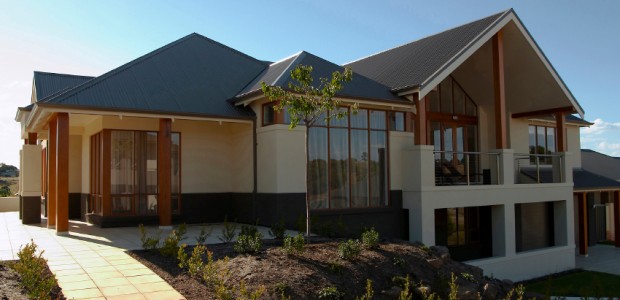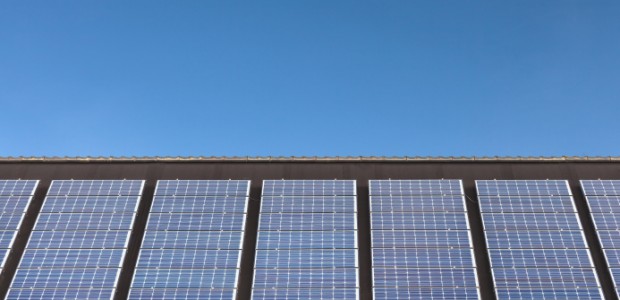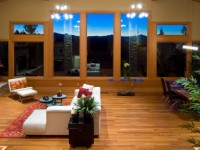New isn’t necessarily better. In fact, repurposing items can create a unique environment filled with pieces that can’t be found in chain stores and can keep articles out of landfills. You can take this a step further when you reclaim materials from a deconstruction site. If you’re building or deconstructing a home or business, consider buying or selling materials to use again.
PlanetReuse connects buyers and sellers to materials for repurposing from deconstruction projects. You can build a home or business with reprocessed items from top to bottom. The PlanetReuse Marketplace features links to roofing materials, ceiling fans, wooden beams, lighting, molding, siding, windows, carpet tiles, and pine flooring. There are kitchen cabinets, bathroom sinks and various types of tables waiting to be recycled. For treasure hunters, stained glass windows, vintage clawfoot bathtubs, and antique sconces are yours for the salvaging. Moreover, if you’re interested in redoing your driveway or garden, you can use reclaimed landscaping rock, edging pavers, bricks, cobblestone or granite to create your own work of landscaping art. It’s all available at PlanetReuse, so check out its Marketplace section to see what’s available online.
Habitat for Humanity ReStores are nonprofit home improvement stores and donation centers throughout North America. Its website features a drop-down menu with filters by zip code and state to find Restores in the U.S. and offers an alternate filter for Canadian Provinces. Not only can you buy new and gently used furniture, appliances, home goods, and building materials, you can buy items far below retail prices. As an added attraction, proceeds go to build homes in communities in need of aid.
The Building Materials Reuse Association (BMRA) specializes in finding deconstruction or reuse businesses in your area with its business directory of listings and an interactive map. BMRA works to advance the recovery, reuse, and recycling of building materials by reducing resource consumption and landfill waste.
When it comes to interior decorating, you can adorn your home or business with vintage items from antique stores, yard sales or check out Freecycle.org; it’s an organization dedicated solely to recycling free items. Another option is to conduct online searches for reuse centers and resellers in your area. Lastly, if you see a deconstruction project in your area, contact a project representative or community liaison to see what may be available.
To reprocess an old saying, they don’t make things like they used to, so why not reclaim it? With recycling options at your fingertips, you can make your life a re-purposeful one.
~Maureen F.



